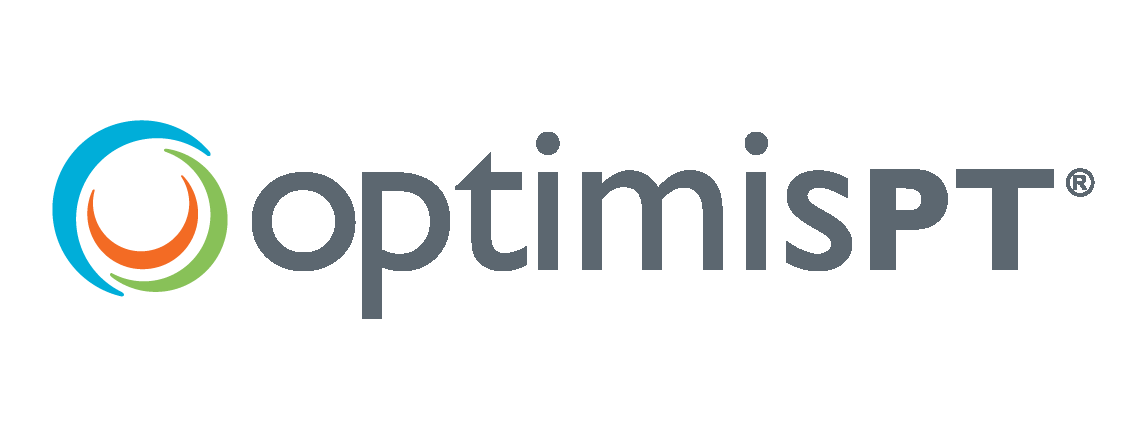Maximizing Efficiency in Your Physical Therapy Schedule
Physical therapy is a vital component of healthcare that aims to enhance mobility, manage pain, and promote overall wellness. However, the effectiveness of physical therapy treatments is not solely dependent on the exercises and techniques used. The efficiency of the therapy schedule itself plays a crucial role in achieving optimal outcomes. In this blog post, we will explore the importance of scheduling efficiency in physical therapy and discuss strategies to maximize the effectiveness of your therapy sessions.
Streamlined Appointments:
Efficient scheduling starts with a streamlined appointment system. Both the therapist and the patient benefit from a well-organized schedule. For therapists, this means reducing downtime between appointments and ensuring a steady flow of patients. For patients, it translates to reduced waiting times and better adherence to their treatment plan. Utilizing scheduling software or platforms can help automate appointment reminders, track progress, and minimize the risk of overbooking. By optimizing scheduling practices, therapists can focus more on delivering personalized care and achieving better results.
Individualized Treatment Plans:
Each patient’s journey to recovery is unique, requiring a personalized treatment plan tailored to their specific needs. Efficient scheduling involves allotting sufficient time for assessment, treatment, and patient education. Rushing through sessions can lead to suboptimal outcomes and dissatisfaction. By allocating appropriate time for each patient, physical therapists can provide comprehensive care, address individual concerns, and make necessary adjustments to the treatment plan. This approach not only enhances the patient’s experience but also increases the likelihood of successful rehabilitation.
Flexibility and Adaptability:
While structured schedules are essential, it’s equally important to incorporate flexibility and adaptability into the mix. Patients’ progress may vary, and unexpected circumstances can arise. A well-designed scheduling system allows for adjustments, such as longer sessions for complex cases or follow-up appointments to assess progress. Moreover, offering virtual therapy sessions or telehealth options can provide additional flexibility for patients who may have difficulty attending in-person appointments. By adapting to changing needs and circumstances, physical therapists can maintain a high level of patient engagement and satisfaction.
Effective Communication:
Efficiency in physical therapy scheduling is closely linked to effective communication. Clear and transparent communication with patients regarding their treatment plan, goals, and progress fosters a sense of trust and commitment. Providing patients with the tools and resources they need to prepare for appointments, such as exercise instructions or pre-session guidelines, can help optimize session time. Additionally, regular communication among the therapy team ensures a coordinated approach and prevents scheduling conflicts or misunderstandings. When everyone is on the same page, the therapy process runs smoothly, leading to better patient outcomes.
Conclusion:
In the realm of physical therapy, an efficient schedule is a cornerstone of successful rehabilitation. By streamlining appointments, tailoring treatment plans, embracing flexibility, and fostering effective communication, physical therapists can create an environment that maximizes the potential for positive patient outcomes. A well-executed scheduling strategy not only benefits the patients but also empowers therapists to deliver the best possible care and help individuals regain their mobility, functionality, and quality of life.




